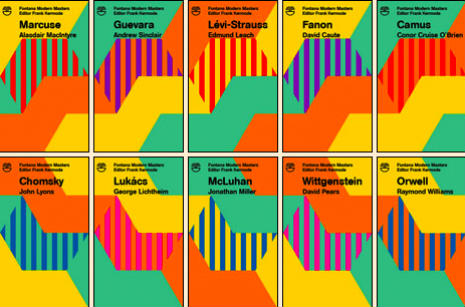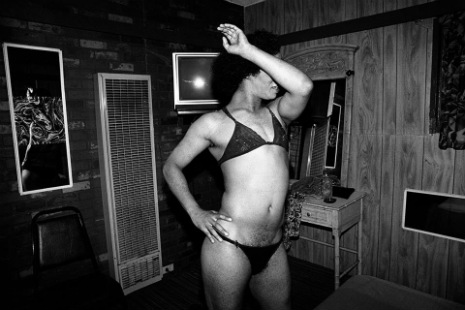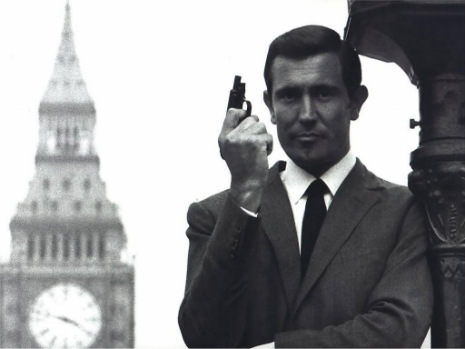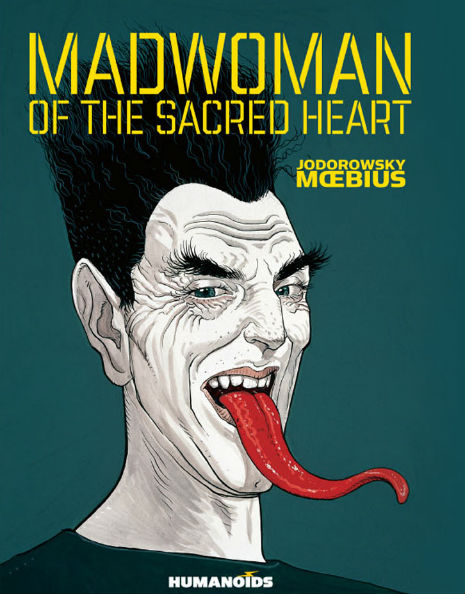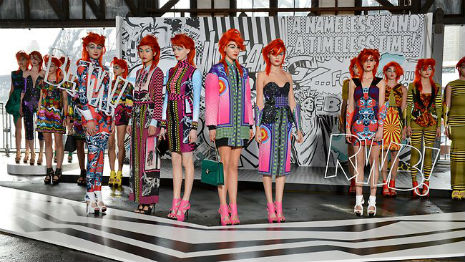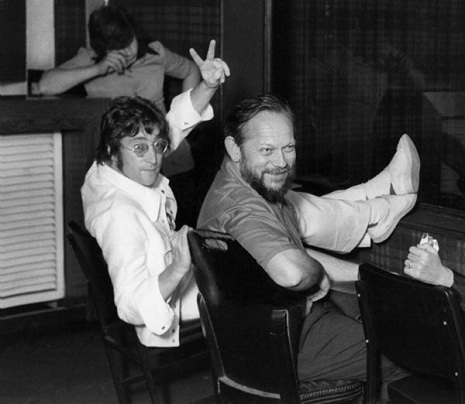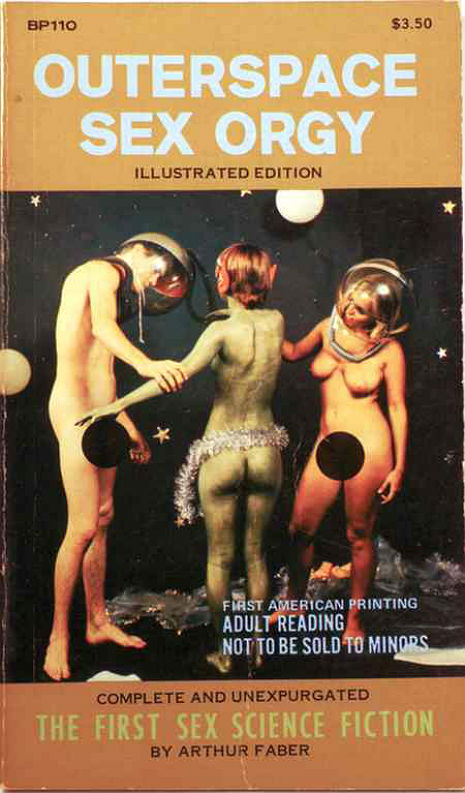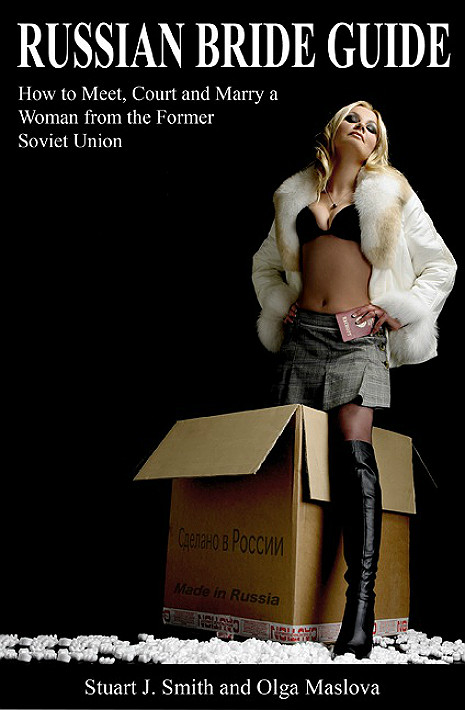
In 2008, 47-year-old British businessman Barry Pring had just finished celebrating his first wedding anniversary at a restaurant near Kiev with his Ukrainian wife, Ms Zuizina. As they stood outside waiting for a taxi, Ms Zuizina realized she’d forgotten her gloves and popped back into the restaurant. A car came roaring ‘round the corner and took Mr Pring’s life.
Initially ruled by the Ukrainian police as a random hit-and-run, pressure from the British Foreign Secretary William Hague and Mr Pring’s remaining English family (who are contesting £1.5 million Pring fortune with the widow) has led to it being upgraded to a murder inquiry this week.
“Ms Zuizina, a former stripper,” notes BBC News, with a frigid nudge-nudge wink-wink, “met Mr Pring on the internet in 2006.” Say no more, guv,nor, say no more!
Far be it for me to pre-empt anything, but if it was foul play, this sort of thing is apparently quite common, which is why any gentleman looking eastwards for a younger, poorer wife might do worse than consult the charming Russian Bride Guide: How to Meet, Court and Marry a Woman from the Former Soviet Union by husband and wife intercontinental matchmaking duo Stuart J Smith and Olga Maslova.
I must admit to bringing a number of preconceptions to the Russian Bride Guide, but, randomly opening the volume yesterday on the bus (not hugely recommended) I instantly came upon the following halva-sweet sentiment:
“Of course, love is ideal…”
Well isn’t that outright romantic, I thought – it just goes to show yet again that you should never judge a book by its cover, even if that cover does feature a half-naked woman athwart a cardboard box.
Yet what is it, I wondered, reading on, that drove such idealistic men to travel so far and to undertake the risks and costs detailed in this very practical book (its chapters have titles like “Scams, Scammers and Sharp Practice”)? The Russian Bride Guide (a sort of “The Decline of the Western Woman”-type manifesto) explains:
“Because they simply don’t find fat, lazy, smoking, junk food-eating, sloppy, flip flop-wearing [!] women to be attractive. Unfortunately, this is all they seem to see at home.”
Faced with all these “self-empowered, man hating feminists” (in the book’s words), what can the RBG’s “fat, old, ugly and bald” readers (also the book’s words) expect from a Former Soviet Union bride?
“Why pick girls from poorer countries? Less money means fewer cars and more walking, more walking means slimmer bodies. The same scarcity of money means junk food is unpopular, hence less junk food consumption and slimmer bodies again.”
One of the ways the good old RBG tries to protect its readers is by warning them off really excessive age differences. While a couple of decades are the least every “fat, old, ugly and bald” Western man deserves, a cautionary note is struck for those hoping to aim for anything significantly more pronounced:
“If seeking a very large age gap, you must consider the future when she is bopping around the house listening to the latest dance music eyeing the young muscular gardener through the window and you are dozing in your rocking chair with Bing Crosby oozing out of your stereo. It happens; what do you think will happen next?”
Ummm, Svetlana’ or Uschi forgets her gloves (and who could blame her)?






